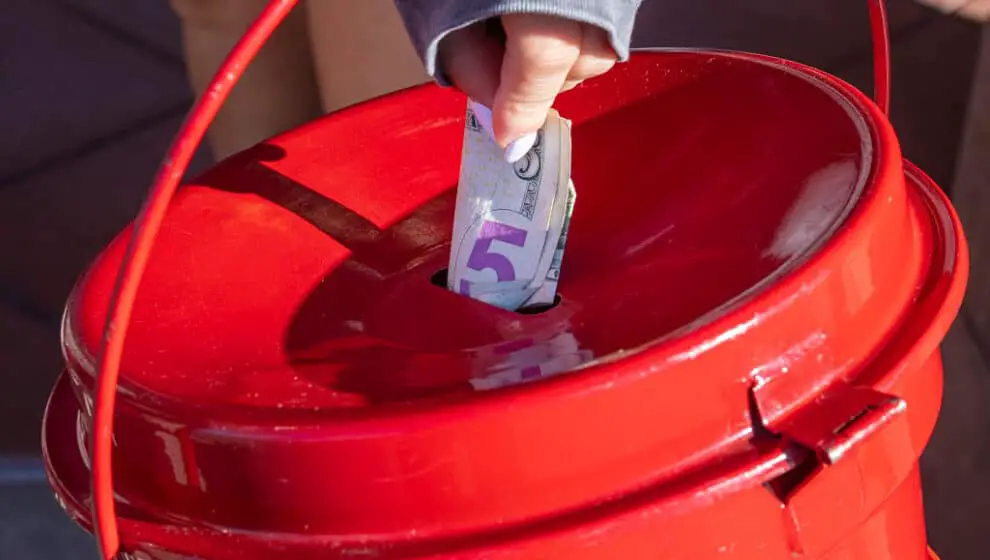Amid higher consumer spending, charitable giving has increased from the beginning of the year, however it has dipped slightly from last year.
Key Details
- This year, GivingTuesday once again broke its previous record of charitable donations—reaching $3.1 billion.
- Companies tracking donations to non-profits found a 6.7% increase in giving during the third quarter.
- Though giving has increased toward the end of the year, totals are still slightly lower than last year.
- Increased consumer spending has accompanied charitable giving, though more spending may be connected to higher prices rather than buying more goods.
Why it’s news
Ten years ago, GivingTuesday began as an effort to encourage donations to charitable causes. The day falls the Tuesday after Thanksgiving and has been a successful effort over the last decade.
In 2012, the first year the charity began, donors raised $10.1 million dollars for various causes. Since then, giving has increased significantly every year. By 2020, GivingTuesday had raised $2.47 billion.
This year, estimates from GivingTuesday found that the total giving was near $3.1 billion—marking a 15% increase from last year and a 25% increase from 2020. Nearly 37 million participants gave this year, a 6% increase from last year.
The spirit of giving comes amid economic uncertainty as recession lurks around the corner and prices continue to rise due to inflation. Yet it seems that these concerns haven’t stopped individuals from giving to causes that they care about.
GivingTuesday stands out as an event focused on charitable giving, but reports from The Blackbaud Institute, which helps analyze nonprofit data, found that overall giving has been up during 2022.
In the third quarter of 2022, the reports found that all charitable organizations saw a 6.7% increase in donations. However, this also marked a 3.7% decrease from the year before. However, Blackbaud’s data shows that giving is still in the forefront of many minds.
Despite higher inflation-driven prices and increased interest rates intended to slow spending, consumer spending increased in September and October. Consumer spending rose 0.6% in September and 0.8% in October.
Backing up a bit
During the pandemic, many Americans were able to build up their savings accounts due to stimulus checks and other pandemic benefits—now those accounts are shrinking.
Americans have a total of $1.7 trillion in savings accumulated during the pandemic, Axios reports. These padded bank accounts have helped many consumers survive inflation-driven high prices and kept demand up in many industries.
However, the excess savings are beginning to shrink as consumers have to pay more for groceries, utilities, and everyday goods. If consumers continue running through their savings, inflation could stick around for longer and Americans would be spending less due to a reduction in purchasing power.
